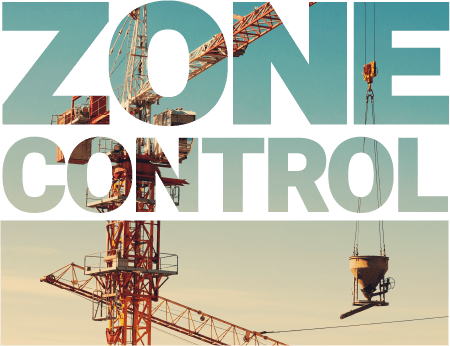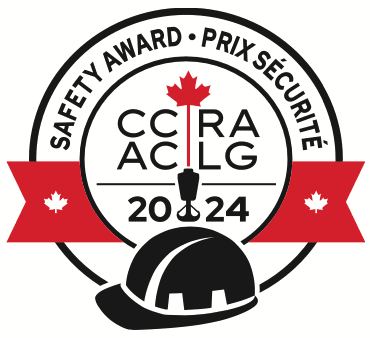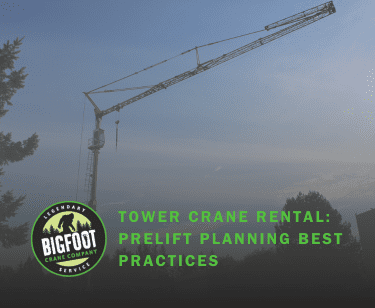In the world of construction and heavy lifting, rigging plays a pivotal role. It is the process of lifting and moving heavy loads with equipment such as cranes or heavy equipment. However, within this field, a specialized discipline has emerged – civil rigging. This article will delve into what civil rigging entails, its difference from regular rigging, and how obtaining a civil rigging certification can enhance safety and efficiency.

Understanding Civil Rigging
Civil rigging is a specialized subset of rigging that focuses on the construction and maintenance of civil infrastructure, such as water and wastewater construction, transportation, and buildings that make up urban and rural communities. Civil rigging encompasses a broad range of activities, including calculating load weights, determining load center of gravity, and planning lifts.
The complexity of civil rigging necessitates a deep understanding of rigging terminology, capacity tables, and safety protocols. Rigging professionals must be adept at using hand signals for hoisting and trucking, inspecting rigging equipment, and understanding the impact of sling configuration on capacity.
The Distinction Between Civil Rigging and Regular Rigging
While both civil and regular rigging involve lifting and moving heavy loads, the key difference lies in their areas of application.
When you think of rigging, it is often associated with crane operations in various sectors, from construction to shipping. It involves the use of hoists, spreader bars, and other crane accessories to lift, lower, and transport loads.
On the other hand, civil rigging is specifically tailored to civil engineering projects. It requires a comprehensive understanding of load dynamics, rigging configurations, and safety protocols due to the complexity and scale of civil infrastructure projects.
The Impact of Civil Rigging Certification on Municipal Safety
Safety is paramount in any construction-related field, and civil rigging is no exception. Obtaining a civil rigging certification equips professionals with the necessary knowledge and skills to perform their tasks safely and efficiently, thereby reducing the risk of accidents and enhancing overall project safety.
A certified civil rigger understands the common hazards associated with hoisting equipment and is well-versed in electrical safety and lift planning. They can effectively determine the weight of a load, identify its center of gravity, and select the appropriate rigging equipment and configuration. This expertise allows them to execute lifts safely and efficiently, minimizing potential risks and hazards.
Moreover, a civil rigging certification signifies a commitment to safety and professionalism, fostering trust among stakeholders, including municipalities, contractors, and workers. It assures that the certified professionals are competent and capable of adhering to the highest safety standards.
Conclusion
Civil rigging is a specialized discipline that demands a unique set of skills and knowledge. Its focus on civil infrastructure projects sets it apart. By obtaining a civil rigging certification, professionals can enhance safety and efficiency in their operations, contributing to safer and more resilient municipalities.
In a world where safety and efficiency are paramount, investing in civil rigging certification is a strategic move that benefits not only the individual professionals but also the communities they serve.








